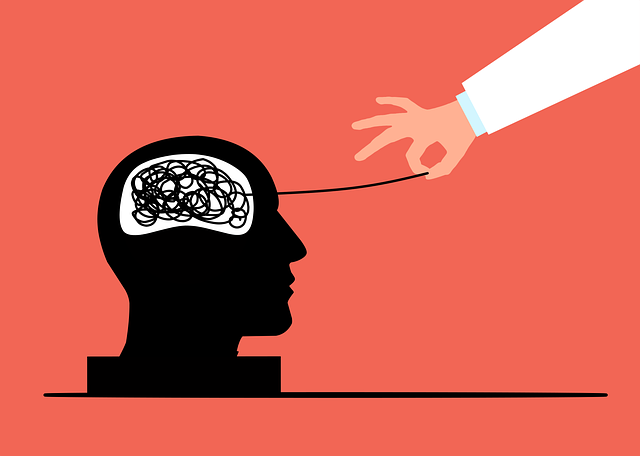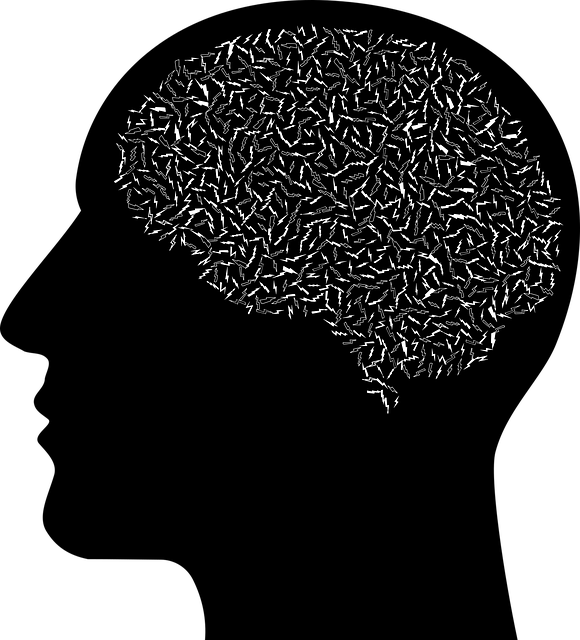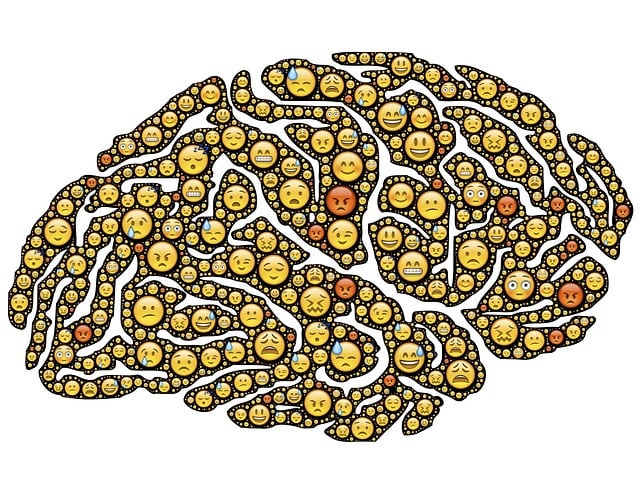Understanding the unique emotional challenges faced by adolescent teens in blended families is crucial when designing community outreach programs. These programs should offer tailored therapy, trauma support, stigma reduction, and crisis intervention to create an inclusive environment. By addressing interpersonal conflicts, improving communication, and promoting self-care, these initiatives enhance mental well-being and foster healthier relationships within blended family structures. Measuring impact through regular assessments and advocacy for continued support is essential for the success of such programs, targeting the specific therapy needs of adolescent teens from blended families.
Community outreach programs play a pivotal role in addressing the unique challenges faced by adolescent teens in blended families. This article delves into the multifaceted approach of supporting these youth through tailored interventions. We explore strategies focusing on mental health, designing effective therapy sessions, engaging blended family units, and measuring impact. By implementing these practices, communities can foster resilience and well-being among adolescent teens in blended families, offering them the necessary tools for personal growth and success.
- Understanding the Needs of Adolescent Teens in Blended Families
- The Role of Community Outreach Programs in Supporting Teen Mental Health
- Designing Effective Therapy Sessions for This Unique Population
- Engaging Blended Family Units: Strategies for Success
- Measuring Impact and Advocating for Continued Support
Understanding the Needs of Adolescent Teens in Blended Families

Understanding the unique needs of adolescent teens in blended families is paramount when implementing community outreach programs focused on therapy and support. These youths often face complex emotional challenges due to the integration of new family dynamics, potentially including step-parents, half-siblings, and altered living arrangements. They may struggle with feelings of identity confusion, insecurity, and a sense of belonging within their new familial structures.
Community outreach programs should prioritize providing tailored Therapy for Adolescent Teens in Blended Families while addressing underlying issues such as trauma and mental illness. Incorporating Trauma Support Services and Mental Illness Stigma Reduction Efforts can foster an inclusive environment where these teens feel understood and supported. Crisis Intervention Guidance is also crucial, offering immediate assistance during periods of heightened stress or crisis to ensure the well-being of these vulnerable individuals.
The Role of Community Outreach Programs in Supporting Teen Mental Health

Community outreach programs play a pivotal role in addressing and supporting teen mental health, particularly within blended families. These initiatives provide much-needed therapy for adolescent teens who may struggle with emotional regulation, especially when adapting to new family structures. By offering accessible services, community programs help break down barriers to care, ensuring that vulnerable teens receive the support they need for their mental well-being.
In many cases, blended families face unique challenges related to mood management and burnout prevention strategies for healthcare providers. Outreach programs can offer specialized interventions tailored to these dynamics, fostering healthier relationships and improving emotional resilience in teens. Through group therapy sessions or peer support networks, adolescents gain valuable coping mechanisms, learn to navigate complex family situations, and develop essential skills for stress management. This proactive approach not only prevents but also mitigates the risk of mental health deterioration among this vulnerable population.
Designing Effective Therapy Sessions for This Unique Population

Designing effective therapy sessions for adolescent teens from blended families requires a nuanced approach that considers their unique experiences and needs. These young individuals often grapple with complex emotions stemming from step-parents, half-siblings, and adjusting to new living arrangements. Therapists should create a safe and supportive environment that encourages open communication and exploration of these dynamics. Incorporating evidence-based practices like conflict resolution techniques and family therapy models can help address interpersonal challenges common in blended families, fostering better relationships and mental well-being.
Risk assessment for mental health professionals is paramount when working with this population. Adolescent teens may present with heightened risk factors for anxiety relief and other mental health concerns due to the inherent transitions and potential conflicts in their family structures. Professionals must be adept at recognizing these risks and tailoring interventions accordingly, ensuring that therapy sessions are both engaging and therapeutic.
Engaging Blended Family Units: Strategies for Success

Engaging Blended Family Units requires tailored strategies to accommodate unique dynamics and challenges. Incorporating therapy specifically designed for adolescent teens from blended families is paramount, addressing emotional adjustments related to step-parents, half-siblings, and the dissolution of previous nuclear units. These therapeutic approaches should focus on building resilience, improving communication, and fostering healthy relationships within the new family structure.
Public awareness campaigns play a crucial role in normalizing blended family experiences and reducing stigma. By highlighting success stories and providing resources for self-care routine development, these initiatives can empower families to prioritize mental health. Encouraging open dialogue about depression prevention strategies within blended households is essential, promoting early intervention and supporting overall well-being. Self-care practices like regular exercise, mindfulness techniques, and structured routines contribute to a stable environment, benefiting both adolescents and their parents in navigating the complexities of blended family life.
Measuring Impact and Advocating for Continued Support

Measuring the impact of community outreach programs is paramount to understanding their effectiveness in supporting vulnerable populations, such as adolescent teens from blended families who often struggle with unique challenges. By integrating therapy and self-care practices tailored to their needs, these initiatives can significantly enhance mental wellness. Through regular assessments and feedback mechanisms, programs can identify areas of success and areas that require improvement, ensuring they remain relevant and impactful.
Advocacy plays a crucial role in securing continued support for these essential initiatives. By highlighting the positive outcomes achieved through therapy for adolescent teens from blended families, community leaders and healthcare providers can foster public awareness and garner ongoing commitment. Furthermore, promoting mental wellness coaching programs development and advocating for healthcare provider cultural competency training ensures that services remain accessible and tailored to diverse communities, ultimately strengthening the fabric of support available to those in need.
Community outreach programs play a pivotal role in addressing the unique challenges faced by adolescent teens in blended families. By implementing tailored therapy sessions and engaging family units through innovative strategies, these programs significantly contribute to improving teen mental health. Understanding their needs and measuring impact is crucial for advocacy, ensuring ongoing support for this vulnerable population. Effective therapy, designed specifically for blended family adolescents, empowers them to navigate complex dynamics and fosters healthier, more resilient futures.














